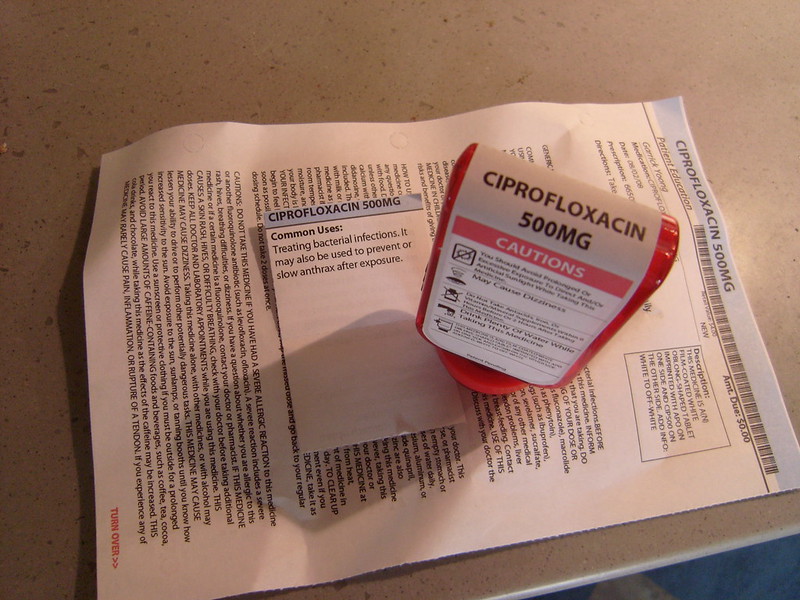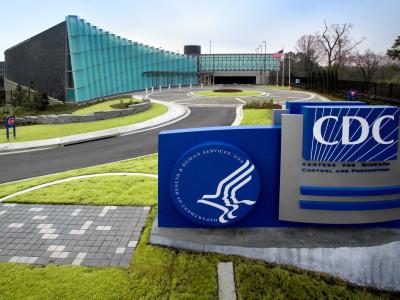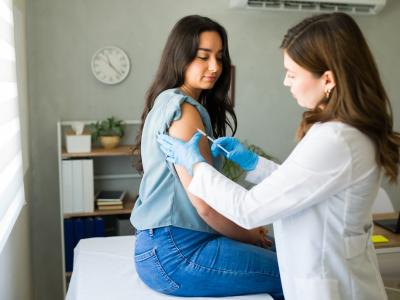
One dose of the conjugate typhoid vaccine has an estimated efficacy of 78.3% in children ages 9 months to 12 years and remained strong over 4 years of follow-up, concludes a phase 3 randomized controlled trial conducted in Africa and published in The Lancet.
Typhoid is a life-threatening bacterial infection spread by consuming contaminated food or drinks. Malawi rolled out the vaccine for children younger than 15 years in May 2023.
A team led by the Malawi-Liverpool-Wellcome Program and the University of Maryland recruited 28,130 healthy children in Malawi, randomly assigning half to receive one dose of the Vi polysaccharide conjugated to tetanus toxoid vaccine (Vi-TT) and half to a meningococcal (MenA) control vaccine from February to September 2018.
Effectiveness waned 1.3% per year
At a median follow-up of 4.3 years, the rate of blood culture–confirmed typhoid fever was 24 39.7 cases per 100,000 person-years in the Vi-TT group, compared with 110 (182.7) in the MenA group.
In the intention-to-treat population, vaccine effectiveness (VE) of Vi-TT was 78.3% (95% confidence interval [CI], 66.3% to 86.1%), with 163 vaccinations needed to prevent one case. By age-group, VEs were 70.6% (95% CI, 6.4% to 93.0%) for children ages 9 months to 2 years; 79.6% (95% CI, 45.8% to 93.9%) for those ages 2 to 4; and 79.3% (95% CI, 63.5% to 89.0%) for those ages 5 to 12. VE waned 1.3% each year.
In a University of Maryland news release, Mark Gladwin, MD, university vice president for medical affairs, said, "The research could not come at a more critical time when Malawi and other African countries are struggling with climate change, extreme weather events and increased urbanization patterns, which are likely to contribute to increases in enteric diseases, including typhoid."
In a commentary, Birkneh Tilahun Tadesse, MD, PhD, and colleagues at the International Vaccine Institute in South Korea, said, "Coordinated interventions involving the vaccination of children and adults with safe and effective typhoid vaccines and improvements in water, sanitation, and hygiene (WASH) practices could have a pivotal role in supporting elimination efforts."

















